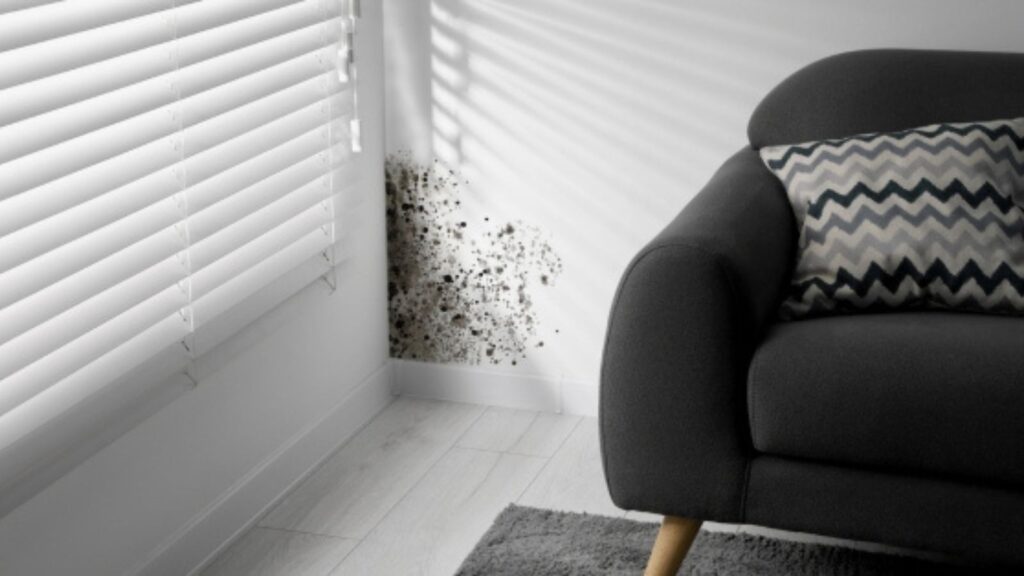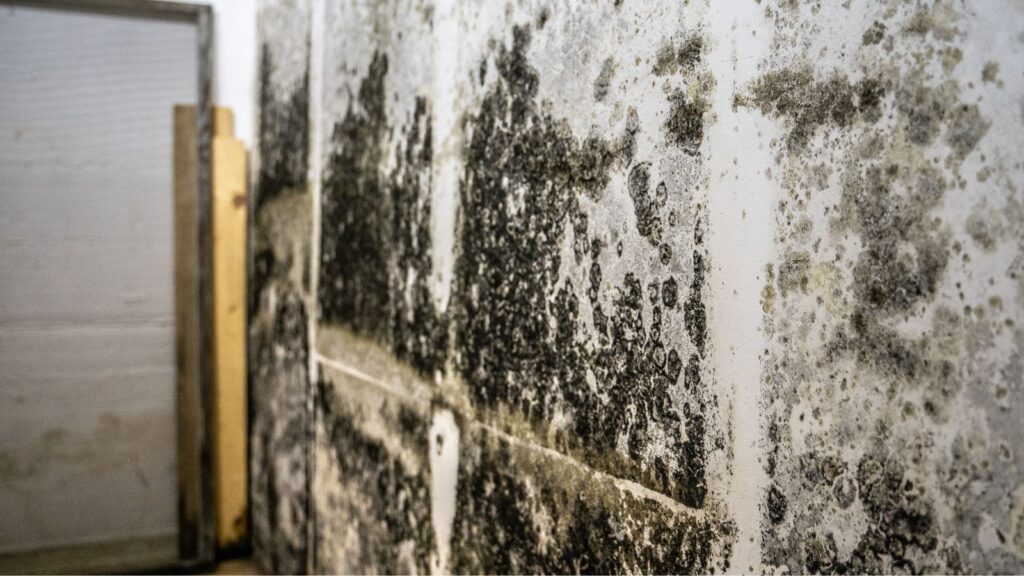
Understanding moisture barriers is essential for keeping your home dry and structurally sound, especially in a climate as varied as Kansas City’s. With weather ranging from intense summer heat and humidity to cold, snowy winters, moisture can enter your home, causing mold growth, wood rot, and structural issues. By learning about and using effective moisture barriers, you can protect your home from these problems and ensure it remains safe and comfortable year-round.
What is a Vapor Barrier and How Does It Work?
A vapor barrier, also known as a moisture barrier, is a material that reduces the rate at which water vapor can move through a structure. These barriers are typically made from plastic or foil sheets and are used to protect homes from moisture-related issues like mold growth and structural damage. They work by creating a seal that prevents moisture from penetrating walls, floors, and ceilings.
The Different Types of Vapor Barriers
There are several types of vapor barriers, each suited for different applications:
- Polyethylene Plastic: This is one of the most common types. It’s flexible, easy to install, and effective.
- Foil Sheets: Often used in attics and basements, foil sheets offer excellent moisture resistance.
- Spray-On Barriers: These are applied as a liquid that forms a seamless barrier upon drying. Ideal for hard-to-reach areas.
- Vapor Retardant Paint: This is a paint product that helps reduce vapor transmission through walls and ceilings.

Why Are Vapor Barriers Important in Kansas City?
Kansas City has a distinctive climate characterized by humid summers and dry winters, making moisture management essential. During the summer, excessive moisture can infiltrate your home, leading to mold growth and structural issues. In winter, the dry air can cause indoor moisture to escape, potentially harming your home’s insulation and structure.
Kansas City’s climate presents a challenge. The hot, humid summers can allow moisture to easily invade your home, while the dry winters can draw moisture out from within. This ongoing fluctuation can cause significant damage to your home if not properly managed.
How Vapor Barriers Prevent Mold and Structural Damage
Moisture can lead to a variety of issues, including mold growth, wood rot, and weakened structures. Vapor barriers effectively prevent moisture infiltration, thereby mitigating these problems. By managing humidity levels in your home, you not only improve indoor air quality but also reduce the risk of respiratory issues. For mold concerns, contact Fine Restoration KC.
Where to Install a Vapor Barrier in a Kansas City Home
Knowing where to install a vapor barrier is just as important as choosing the right type.
Exterior Walls
These are prime locations for vapor barriers, especially on the side of the wall that faces the interior of your home. This helps keep external moisture from penetrating into your living spaces.
Interior Walls (Bathrooms, Laundry Rooms)
Rooms with high moisture levels like bathrooms and laundry rooms can benefit greatly from vapor barriers. Installing them here prevents moisture from these areas from migrating to other parts of the house.
How to Properly Install a Vapor Barrier
Proper installation is vital for a vapor barrier to work effectively. Here are some steps to guide you:
- Prepare the Surface: Make sure the area is clean and dry before installation.
- Cut to Size: Measure the area and cut the vapor barrier material to fit, allowing a bit of extra material for overlap.
- Seal the Edges: Use adhesive tape or a sealant to secure the edges and ensure there are no gaps.
- Fasten Securely: Use staples or nails to fasten the barrier to studs, joists, or other frameworks.
Do You Need a Vapor Barrier in New Construction vs. an Existing Home?
For new constructions, it’s generally easier to incorporate vapor barriers into the building process. For existing homes, retrofitting can be done, but it may be more challenging and costly. Either way, the benefits far outweigh the initial effort and expense.
Alternatives to Vapor Barriers
If you’re looking for alternatives, consider:
- House Wraps: These are breathable materials that allow moisture to escape while keeping rain out.
- Insulating Concrete Forms (ICFs): These provide built-in moisture resistance and are a good option for new builds.
- Desiccant Systems: These systems absorb moisture from the air and can be useful in areas where vapor barriers are not feasible.

Common Mistakes to Avoid When Using Vapor Barriers
Mistakes can undermine the effectiveness of your vapor barrier. Here are some to watch out for:
- Improper Sealing: Gaps or poorly sealed edges can allow moisture to bypass the barrier.
- Wrong Placement: Placing the barrier on the wrong side of the insulation can trap moisture inside your walls.
- Using the Wrong Material: Not all vapor barriers are suited for all applications. Choose the right type for your specific needs.
Building Codes and Regulations for Vapor Barriers in Kansas City
In Kansas City, building codes often require vapor barriers in certain types of construction. It’s important to check local regulations to ensure compliance. Typically, these codes will dictate the type of barrier that should be used and where it should be installed.
Conclusion
Understanding moisture barriers and their role in your home can save you from many potential issues down the line. With Kansas City’s unique climate, installing a vapor barrier could be a wise investment.
Whether you’re building a new home or upgrading an existing one, proper moisture management is essential for maintaining the integrity and comfort of your living space. If you’re unsure about your specific needs, consulting with a local expert can provide valuable insights and peace of mind.






